Bite Sized Learning That Scales With Your Training
Can small lessons really make a big impact? Discover how bite-sized learning improves retention by 20% and transforms the way we learn today.
Can small lessons really make a big impact? Discover how bite-sized learning improves retention by 20% and transforms the way we learn today.

Do you know why short, focused lessons are gaining so much popularity in modern education and training?
Because they work.
Bite-sized learning, sometimes also referred to as bite-sized learning, has been shown to boost retention by up to 20% compared to the traditional learning method.
In a world where attention spans are shrinking and time is limited, this approach breaks down complex topics into digestible chunks.
This makes them easier to understand and recall.
Let’s explore the science behind this method and why it’s proving so effective across industries.
Bite-sized learning is an educational approach that delivers information in short, focused segments. These lessons usually last between 2 and 10 minutes.
The goal is simple: make learning quicker, easier to absorb, and more flexible for modern attention spans.
In simple terms, bite-sized learning is like giving your brain quick, healthy snacks instead of a heavy meal. It keeps you energized without overwhelming you. This is why it's becoming so popular in schools, businesses, and online courses.
Research backs it up, too. According to the Asian Association of Open Universities Journal, learning in smaller chunks makes the transfer of knowledge 17% more efficient compared to traditional formats.

Why does bite-sized learning actually work? To understand this, let’s look at how your brain processes and remembers information.
First, there’s something called “chunking". This is how your brain breaks down big pieces of information into smaller, manageable parts. Just like remembering a phone number is easier when it’s split into 3-3-4 digits (instead of one long string), your brain prefers learning in short chunks.
Next, we have spaced repetition. Instead of cramming all at once, your brain retains information better when it sees it multiple times over a few days. This helps fight what scientists call the Ebbinghaus Forgetting Curve.
That curve shows how fast people forget new information. Without repetition, we forget over 50% of what we learn within an hour!
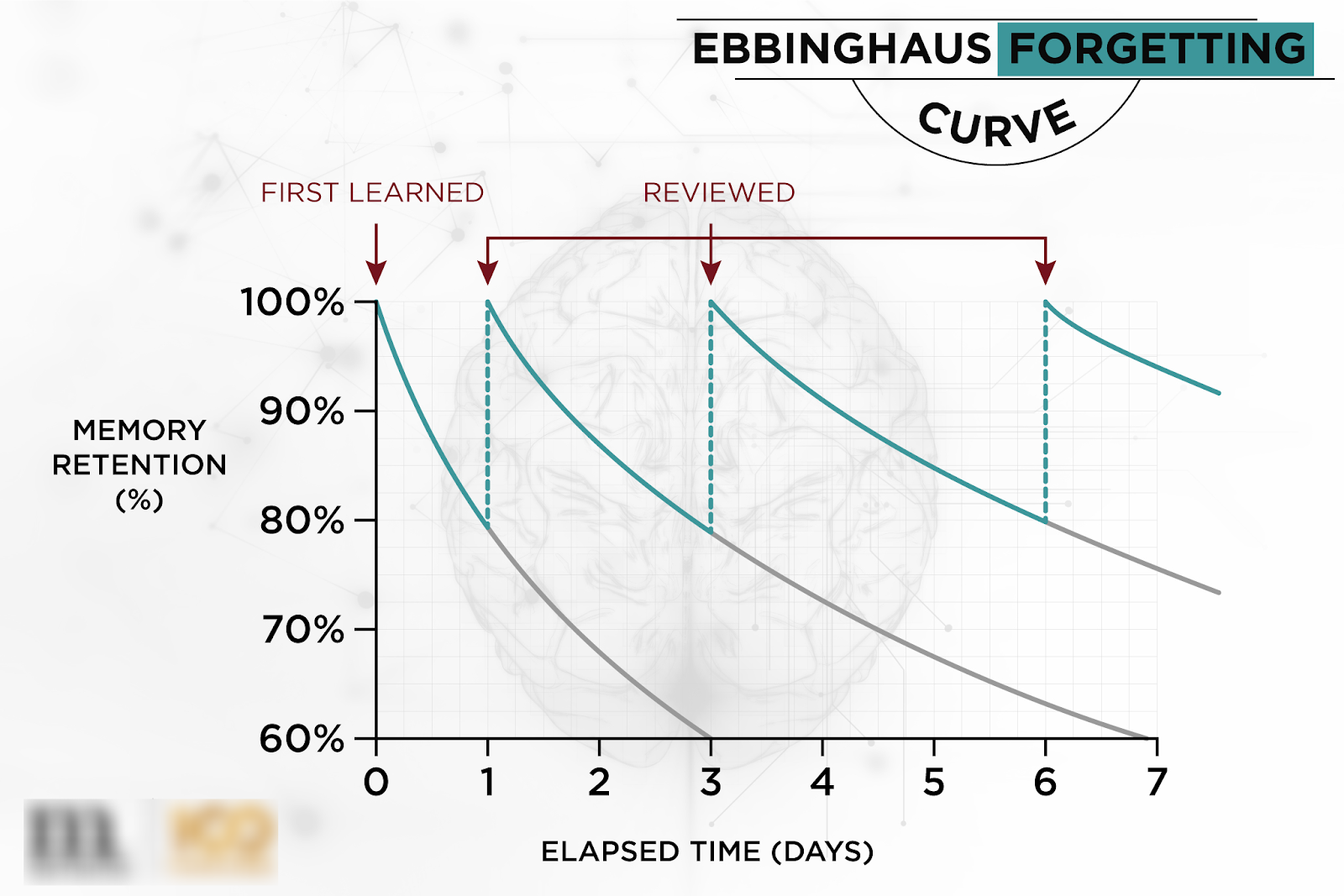
However, the good news is that bite-sized learning methods have been shown to improve retention by 25-60% compared to traditional learning.
This is why major platforms, such as LinkedIn and 7taps, are investing in bite-sized learning strategies. They know people learn better when the content is short, focused, and delivered just when it's needed.
If you’re building a bite-sized training system for your team or organization, here’s how to do it the right way:
Before anything else, get crystal clear on what your learners need to walk away with. Is it to handle a client call? Or how to use a new internal tool? Each micro-lesson should solve one problem or teach one clear skill.
Start by asking: What single action should someone be able to take after this lesson?
The better you understand your learners, their needs, goals, and challenges, the more likely they are to stay with your organization. According to LinkedIn’s Workplace Learning Report, 94% of employees say they would stay longer at a company that invests in their learning.
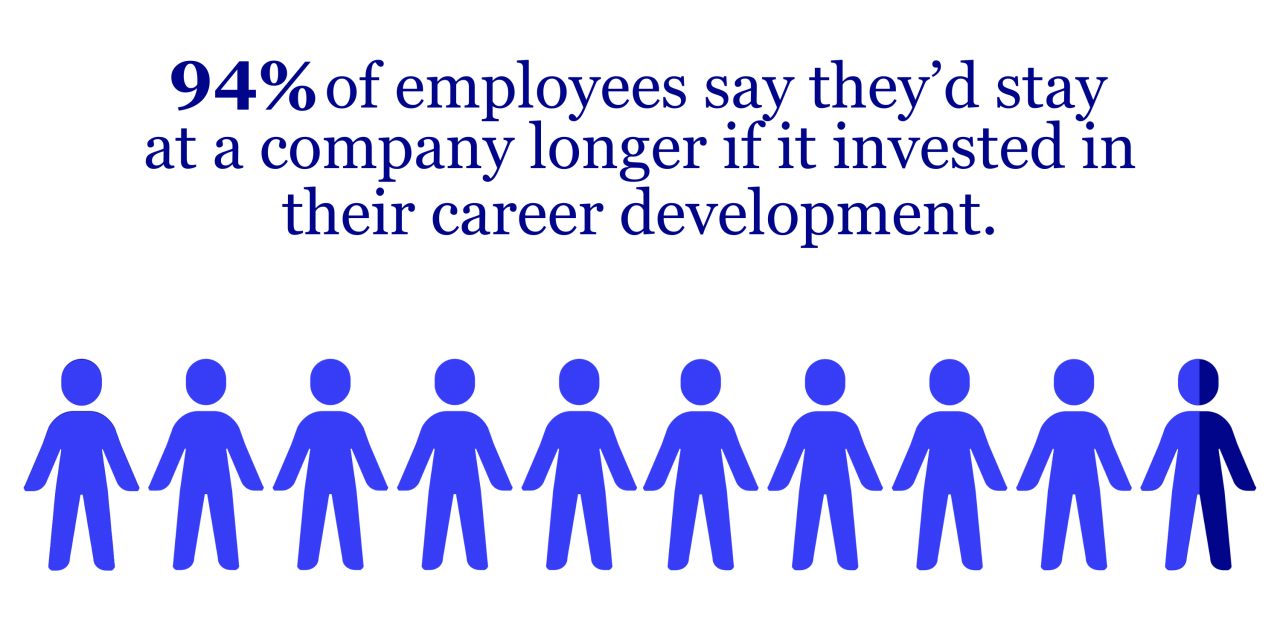
Make sure to avoid vague objectives.
For example, instead of “Learn customer support,” aim for “Respond to a late-delivery complaint using our standard escalation protocol.”
Pro Tip: Use Bloom’s Taxonomy to frame goals with action verbs like “apply,” “identify,” or “demonstrate.”
Once you’ve defined the goal, break your broader topic into small, digestible chunks. Each unit should be 3 to 7 minutes long. That’s the ideal learning window.
Let’s say you’re teaching “Remote Work Tools.” Don’t throw Zoom, Slack, and Notion into one video. Instead, do this:
This way, you’re chunking the content so it mirrors how the brain naturally processes information. This is called cognitive chunking, a principle from learning psychology.
Bite-sized doesn’t mean your lessons have to be boring. You must use a mix of formats, such as video, audio, interactive slides, and quick quizzes, to keep the learners engaged.
Moreover, the use of multimedia for learning has also been shown to improve knowledge retention significantly.
Consider what your team needs and how they respond to learning materials. Do they respond better to short screencasts or illustrated PDFs? Maybe a mix of both?
To make content more accessible, use subtitles and transcripts.
Theory only works when it’s tied to real-world situations your team faces daily. So, if any lesson is about email etiquette, use an actual email thread from your company (anonymized, of course).
Scenario-based learning helps improve problem-solving skills and builds long-term memory because learners see direct relevance.
This method also aligns with the constructivist learning theory, which suggests that people learn more effectively when they connect knowledge to real-life experiences.
Don’t just deliver content once and forget it. Utilize spaced repetition, a technique that involves reintroducing concepts at progressively longer intervals, to enhance memory.
In a corporate setting, this might look like:
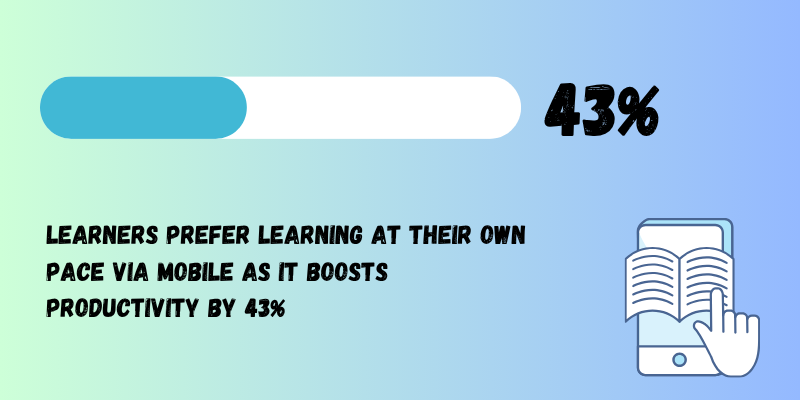
Your team is busy. Give them training they can access anytime, anywhere. According to eLearning Industry, learners prefer learning at their own pace via mobile as it boosts productivity by 43%.
If you're using a Learning Management System (LMS), make sure it's mobile-friendly. Or try bite-sized learning-first platforms like Coursebox.
It offers an AI LMS that keeps lessons short, compatible across devices, and downloadable if needed.

Every module is an opportunity to learn, not just for your team, but also for you as the content creator. After learners complete a bite-sized module, ask:
For ease, use Google Forms, Typeform, or built-in LMS surveys to gather feedback. Then, revise your content regularly. Bite-sized learning is flexible by nature, so it should evolve with your team’s needs.
Example: If multiple users say a “How to Handle Objections” video is unclear, you can re-record it and split it into two parts. One for emotional objections and the other for technical ones.
Finally, measure success not just with completion rates but with performance outcomes. Are employees handling calls better? Making fewer data entry errors?
Set small benchmarks: completing five modules unlocks a badge or earns internal recognition. In fact, your employees feel 83% more motivated and 60% more engaged when you use this type of gamified bite-sized learning approach.
Remember, small wins build momentum. And momentum builds habits.

Bite-sized learning brings measurable advantages to businesses. From faster training development to boosted productivity, here’s how bite-sized learning supports organizational growth and efficiency.
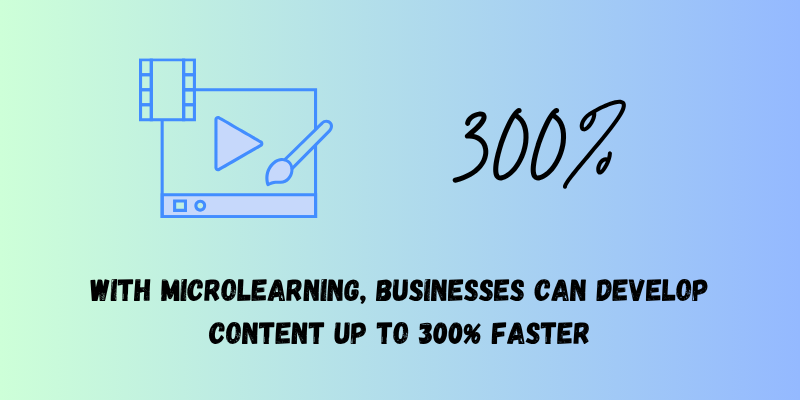
Creating traditional eLearning courses often takes weeks or even months. But with bite-sized learning, businesses can develop content up to 300% faster. This is because shorter modules are quicker to script, record, approve, and distribute.
But the speed doesn’t stop there. Tools like Coursebox take it even further by using AI to turn your existing documents, PDFs, or onboarding manuals into interactive AI-generated training videos in minutes.
That means your HR or training team doesn’t have to start from scratch. Just upload what you already have, and Coursebox handles the heavy lifting, including script generation, video narration, quiz creation, and mobile optimization.
Traditional training programs come with expenses. These include the costs for custom content, live trainers, printed manuals, travel expenses, and other related items. Bite-sized learning reduces those costs by nearly 50%, especially when hosted on digital platforms.
With bite-sized learning, companies reuse existing content, design templates, and automation tools. This makes it ideal for startups or businesses scaling fast, where resources are tight, but training is still crucial.
Instead of removing employees from work for hours of training, bite-sized learning gives them focused content they can apply immediately. Moreover, just-in-time training has also been shown to improve employee productivity.
For example, an employee in customer support can watch a 3-minute module on handling refund objections right before a call. That knowledge gets applied immediately, leading to faster resolutions and better service.
Even though bite-sized learning has transformed how organizations train teams, it’s not without its challenges. Let’s explore the most common issues and how you can handle them with smart, practical strategies.
When learning is split into short chunks, there’s always a risk that the big picture gets lost. Teams might walk away with bits and pieces that don’t connect. This leads to confusion or inconsistent application of the content.
Solution: To avoid this, build your modules around a clear learning path. Think of it like assembling a puzzle. Ensure that each piece fits into a larger picture. Additionally, use consistent templates and include a brief to tie everything together.
In fast-moving industries, especially tech, finance, and compliance-heavy sectors, employee training materials can become outdated within weeks. That’s a real risk for businesses relying on digital learning.
Solution: Schedule quarterly content audits. Make it someone’s job to review each module and update policies, data, and branding as needed.
You might think bite-sized learning always prevents burnout. But not if you overload employees with too many short modules in a short time. When it’s “micro” but too frequent, learners tune out.
Solution: Use spaced learning. This concept involves delivering information over time to improve memory retention. Instead of sending five modules in one week, spread them across two or three weeks.
Bite-sized learning is no longer just a trend; it’s a proven strategy that helps teams learn faster, retain more, and stay productive. However, remember that building effective bite-sized learning still takes time, clarity, and coordination.
This is where most teams get stuck. But you don’t have to be one of them, because Coursebox makes it easier for you. With tools like AI chatbots, video generators, and personalized quiz creation, Coursebox cuts your content development time by up to 80%.
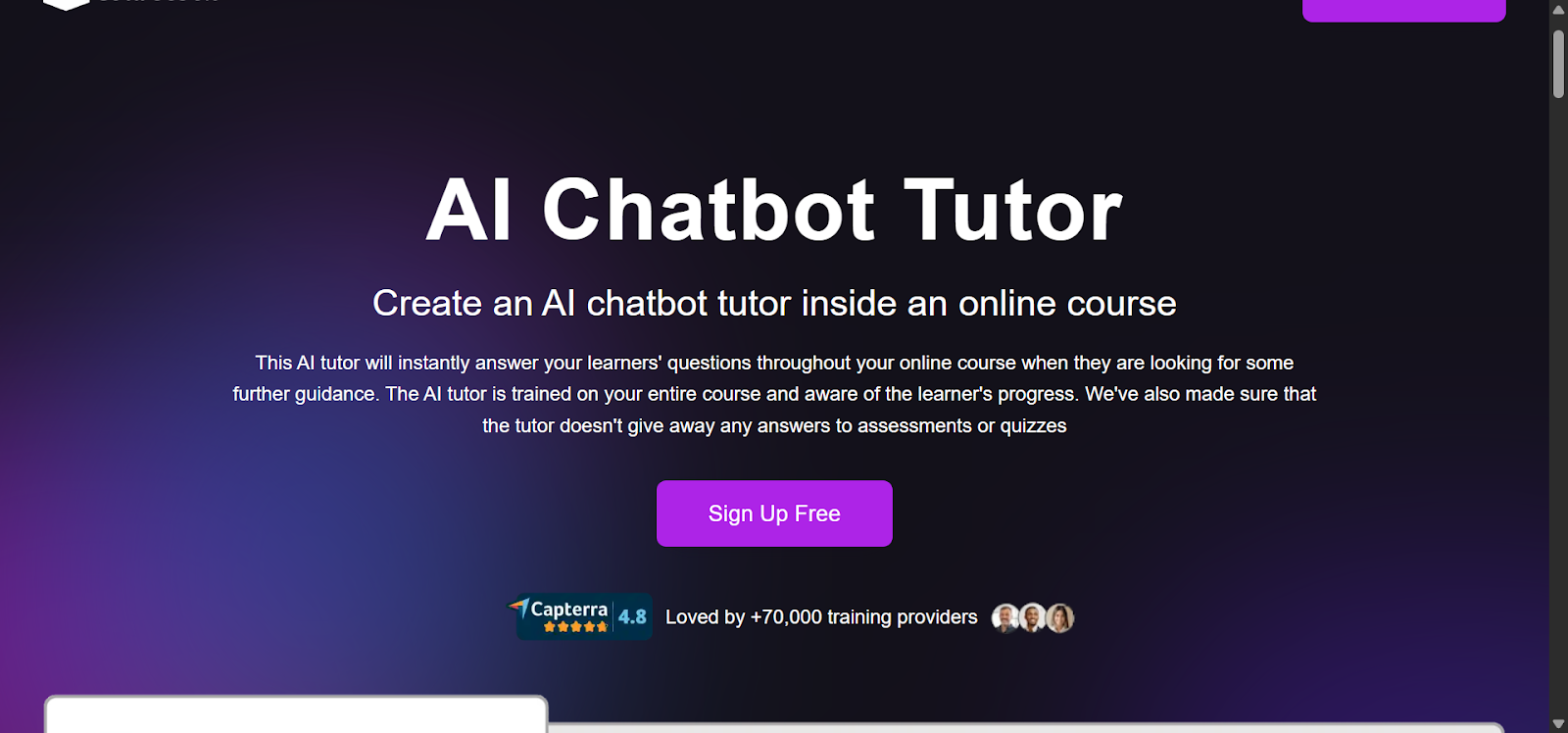
So, if you're tired of clunky systems, repetitive work, and poor learner engagement… Try Coursebox for free today.
The ideal length is 3 to 7 minutes. This keeps learners engaged without cognitive overload. Research shows attention drops sharply after 10 minutes, so keeping it short helps maintain interest and allows learners to apply the knowledge immediately.
Yes, if you break them into small, logical parts. For example, teach “how to export data in Excel” as one module, then “how to create pivot tables” as another. It works well for complex tasks when delivered in sequence, allowing learners to build confidence step by step.
Many employees skip bite-sized lessons because the content is either irrelevant or poorly scheduled. Bite-sized learning must align with daily tasks and be accessible on mobile. If learners don’t see direct relevance in 5 minutes, they won’t engage.
Not entirely. It works best as a supplement or reinforcement. Think of it like snacks between meals. Bite-sized content enhances memory and clarity, but can't fully replace in-depth training when complexity is involved. You can use it for onboarding refreshers, compliance updates, or as quick reminders.
Several tools make it easy to create and share engaging learning modules. A few of the names include Coursebox, TalentLMS, EdApp, Quizlet, and more. Out of all of them, Coursebox is the best option for building structured microlearning courses quickly.
